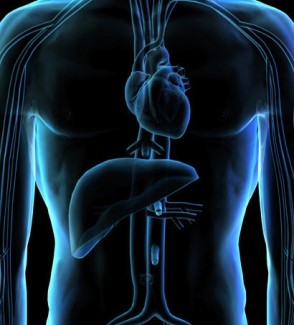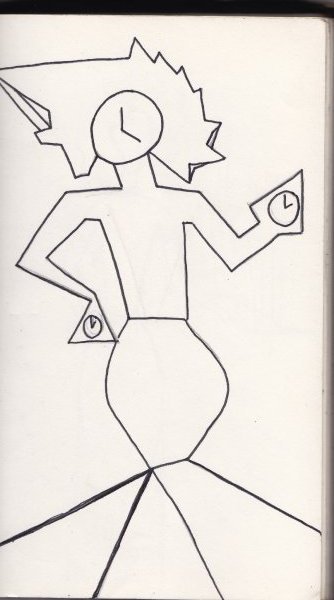In the process of developing of new drugs, scientists have often required the selfless cooperation of our little fury friends – animals. I know what you must be thinking – Isn’t that some form of animal cruelty!?! While no harm is imposed on animal clinical test subjects, experts have nonetheless been trying to devise new testing methods that would end, or at least cut down the use of animal participation in the laboratory. The good news is that researchers at Heriot-Watt University are onto something very promising: artificial human livers that may be viable and available for drug testing!

3D Liver capturing promises more visually accurate diagnosis and treatment options.
The idea is that artificial livers could be created using actual human cells. With artificial livers, experts could create a new platform for using artificial organs to discover and develop more life-saving drugs.
The team at Heriot-Watt is in the process of creating smaller tissues to form a human liver. This £100,000 project makes use of the latest technology that is designed to ‘print’ the liver cells onto a digital, three-dimensional surface.
Creating a new drug is a rigorous process of trial and error. To date, pharmaceutical companies have been using a considerable number of experimental animals. These projects are also expensive and often inconclusive, especially when product testing fails during critical stages of development, usually involving human subjects.
The advantages of artificial liver technology are both financial as well as advantageous technically. Aspects of drug development can be greatly improved upon if artificial replicas of human livers were to be used. Artificial livers would not only cut the use of live animals in product testing, but also boost the time frame for clinical trials. Results may be achieved faster and sooner.
This “liver-on-a-chip” technique will make it possible for researchers to test on human organ models earlier than ever done before. Glitches on the drug design and composition will be identified long before it is forwarded to a more expensive testing phase.
Most drug companies today make use of two-dimensional cell cultures for drug testing. These, however, are not as efficient when compared with Heriot-Watt’s 3-D modeling and cell-printing technique. The potential of this new technology is clearly boundless and exciting.






























